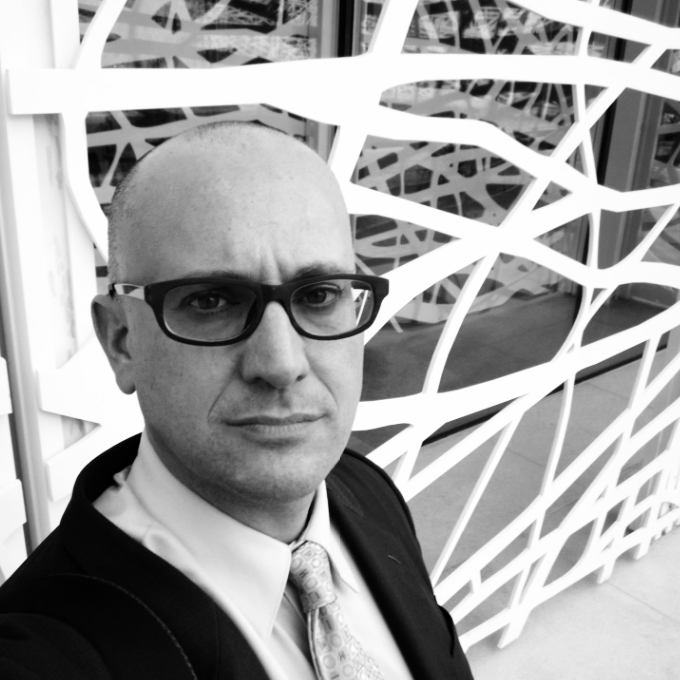Add a Midwestern answer to New York City’s “High Line” in America’s third largest city. Work on the Bloomingdale Trail will begin soon and add to Chicago’s “green” credentials.
Chicago has an emerging sustainable business culture, and benefits from the numerous local companies working on initiatives from green building to water efficiency. The current mayoral administration under Rahm Emanuel has pledged several initiatives to make Chicago more of an “eco-friendly” city. Plus, the foundations for a more environmentally-sound city are already established with the city’s population density and relatively extensive public transportation system. From bicycling to its climate readiness to even a thriving small brewery community, Chicago offers much to those seeking to live and work in a more “sustainable” city.
But all green business and no play is not enough for any city. And while Chicago already benefits from many city parks, not to mention the Lake Michigan shoreline, the transformation of an old railway is welcome news.
The Bloomingdale Trail and Park will be a 2.7 multi-use recreational trail along what was once an important rail passage. A century ago, the city elevated this track parallel to Bloomingdale Avenue as a response to the frequent accidents and fatalities as Chicago grew and became the most important rail hub in the U.S. Traffic eventually declined as the American manufacturing sector faded during the 1980s and 1990s and the line eventually was abandoned.
Renovation will begin this summer to turn the old railway into a multi-use trail and park that will link four neighborhoods. Walking trails and bicycle lanes will share the space and the trail will connect to five local parks between Ashland and Ridgeway. The city will encourage public art along the trail (some already exists); old rail bridges will be replaced with more modern pedestrian walkways that will complement Chicago’s stunning architecture; and wide open green spaces will flank the trail. So while the trail will become an important artery moving residents quickly across the city, the project’s organizers want it to blend into the neighborhoods as seamlessly as possible.
If all goes according to plan, the trail will open next year. The cost of the project is projected to land between $50 and $70 million. Plans to transform the old Canadian Pacific Railway have been the topic of discussion since 1998; in 2004, the Bloomingdale Trail was included in the City’s Logan Square Open Space Plan. Partners include several local government agencies and the Trust for Public Land.
Based in Fresno, California, Leon Kaye is the editor of GreenGoPost.com and frequently writes about business sustainability strategy. Leon also contributes to Guardian Sustainable Business; his work has also appeared on Sustainable Brands, Inhabitat and Earth911. At Better4Business in Anaheim on May 2, he will join a panel discussing how companies can present their CSR initiatives to the media. You can follow Leon and ask him questions on Twitter or Instagram (greengopost).
[Image credits: Bloomingdaletrail.org]

Leon Kaye has written for 3p since 2010 and become executive editor in 2018. His previous work includes writing for the Guardian as well as other online and print publications. In addition, he's worked in sales executive roles within technology and financial research companies, as well as for a public relations firm, for which he consulted with one of the globe’s leading sustainability initiatives. Currently living in Central California, he’s traveled to 70-plus countries and has lived and worked in South Korea, the United Arab Emirates and Uruguay.
Leon’s an alum of Fresno State, the University of Maryland, Baltimore County and the University of Southern California's Marshall Business School. He enjoys traveling abroad as well as exploring California’s Central Coast and the Sierra Nevadas.














